It’s no secret that the global economy is suffering from high inflation, with Nigeria’s inflation accelerating in March to its highest level in five months due to rising food prices, fuel shortages, and supply shocks caused by the war in Ukraine.
A number of Nigerians are now looking to hedge against high inflation, as well as possible naira devaluation, with the use of the greenback as well as USDT.
Amidst all of this, stablecoins such as tether, USDC, and Binance USD have seen explosive growth in value. Like other cryptocurrencies, stablecoins are based on the same type of online ledger technology known as blockchains.
However, the value of these crypto-assets is pegged 1:1 to a financial asset outside of crypto, normally the US dollar. Investors can keep less volatile money in their digital wallets using stablecoins, reducing the need for a bank account.
Stablecoins facilitate the declaration of independence from banks and other centralized financial providers, which is the core aim of this movement.
Because most crypto assets, global stocks go up and down together as well, investors will be better protected if they keep a significant amount of their money into stablecoins rather than just saving in volatile instruments
Is it safekeeping a portion of your naira holdings in USDT?
Stablecoins may be a good choice for those who want to be involved in cryptocurrencies but can’t handle the waves of volatility. However, you need to be aware of something before investing.
- Investing in USDT or other stablecoins will not yield explosive returns. Generally speaking, their prices don’t fluctuate that much because they’re designed to be stable.
- A popular stablecoin like USDT also known as Tether has only increased by 0.16% so far this year, and it has only increased by 0.42% over the past three years.
- Holding such assets over the long term may earn you interest, but this is essentially a riskier version of saving.
- Besides lending and staking, you can use your USDT. USDC can also be used to make money. Borrowers can pay you interest if you lend stablecoins.
- When you stake your own stablecoins, you can earn rewards. The more USDT you pledge, the greater the rewards you may earn.
- It does take more effort than buying and holding these digital assets to make money with these options.
The risk of investing in stablecoins like USDT
There are risks associated with stablecoins. These digital assets have faced their fair share of controversy in general, as the crypto industry is largely unregulated.
- It is not clear whether these stablecoin providers hold enough financial reserves to maintain the 1:1 fiat rate of their stablecoins in a crisis.
- This 1:1 ratio is not automatic. Stablecoin providers need to have a reserve of financial assets equal to the value of their stablecoins in circulation, which adjusts based on supply and demand from investors.
- Stablecoin providers claim to have reserves equal to 100% of the value of their stablecoins, but that isn’t quite true.
- According to Tether, 84% of tether’s reserves are held in cash and equivalents as of April 2022. Commercial paper, which is a short-term debt instrument, represents the reminder.
Still, a number of government officials in the past had doubts about their Tether’s true holdings. Recall Tether was fined $41 million last year by the Commodity Futures Trading Commission (CFTC) for making “untrue or misleading statements” that USDT was fully backed by fiat currency.
Stablecoin reserves have also generated much controversy, attracting the attention of US lawmakers.
Tether executives were investigated by the Justice Department middle of last year for bank fraud. Tether was raised as a potential financial stability concern by Boston Fed President Eric Rosengren.
“If we don’t start regulating them and making sure that there is actually a lot more stability to what is being marketed to the general public as a stable coin, there is a concern for financial stability as these coins become an increasingly important segment of the financial market,” Rosengren said.
In addition, the Biden administration officials warned “many consumers may be unaware the dollar-linked tokens aren’t federally insured and may lose money.” The report added that regulators fear stablecoins may be used to sidestep formal banking, allowing criminals to avoid detection.
- Lastly, if the global economy overheats, it could create a situation that leads to high inflation and economic recession. The dollar would become a safer haven as people would move their money out of risky assets and bonds. These riskier assets, including commercial paper, would plummet in value.
- Stablecoin providers would suffer severe damage as a result. The stablecoin providers may be unable to return everyone their money at a 1:1 ratio if investors panic and try to convert their stablecoins into dollars. The crypto market could be affected and possibly the entire global financial system
Bottom line
It’s advisable you don’t get too exposed to these unregulated digital assets. It is certainly concerning that this unnerving risk has emerged at such an alarming rate. Governments and central banks must increase regulation around these assets if they want to avoid a repeat of the 2008 financial crisis.

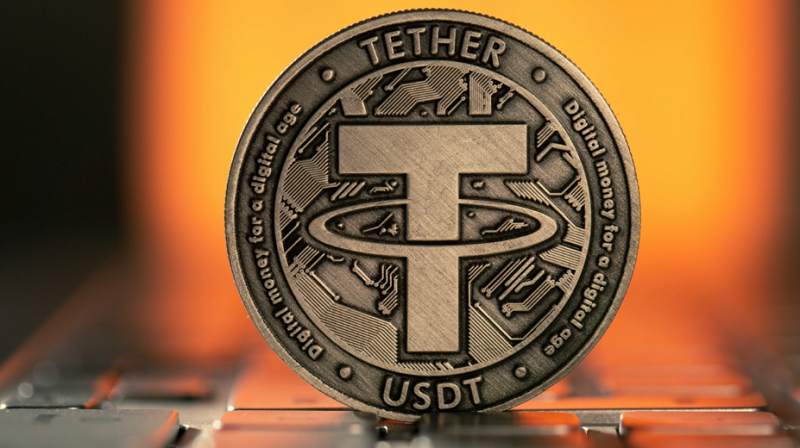
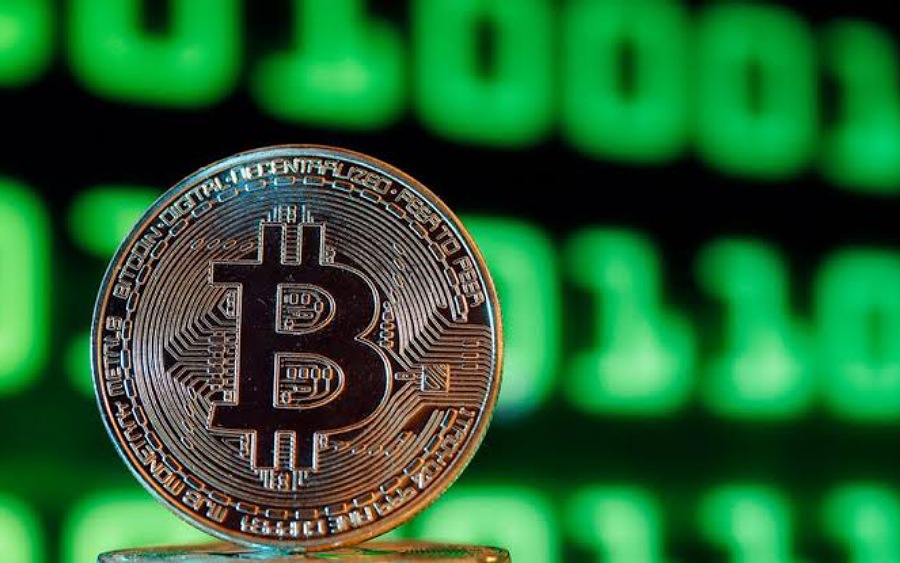






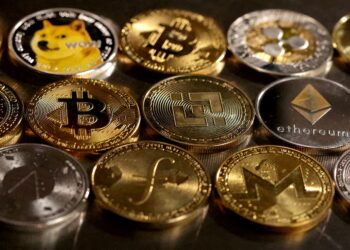




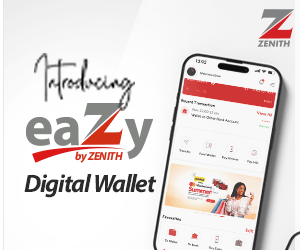





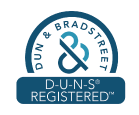


Thanks for your advice
With less than 4% of world cash holdings in cryptos, it’s unlikely that a burst would cause an economic crisis of any serious magnitude. However, I agree that legislation around these tokens would help protect and reassure investors and encourage further adoption by prospective investors.
This is a good. But by greatest concern is what would happen to stablecoins when the US government eventually floats the digital dollar. Can BUSD, USDT, USD compete with the government issued stablecoin? I’m concerned because I have a growing USDT portfolio.
Use your USDT to buy digital dollar when it is floated.